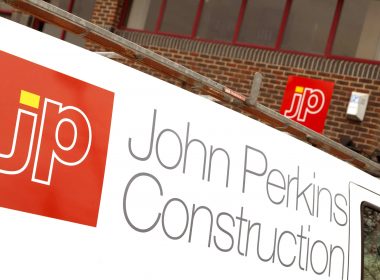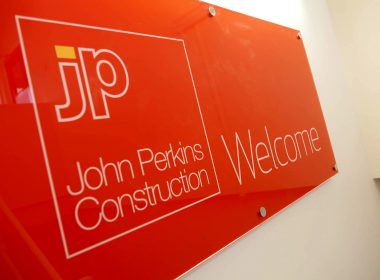
24th January 2018 | Blog Posts
With Occupational Health highlighted as one of the Health and Safety Executive’s main targets for 2018, it’s vital that the construction industry begins giving health the same priority that it gives safety, says Rupert Perkins.
 According to HSE figures, a construction worker is at least 100 times more likely to die from a disease caused or made worse by their work as they are from a fatal accident.
According to HSE figures, a construction worker is at least 100 times more likely to die from a disease caused or made worse by their work as they are from a fatal accident.
Occupational Health can cover illnesses across the spectrum, including fatal diseases; skin conditions; problems with breathing, hearing and mobility; and psychological effects on mental wellbeing. Managing safety issues on site may feel more familiar – and, of course, we cannot let safety concerns slip – but it is a duty of all construction businesses to up their game on Occupational Health.
How can construction industry players address this issue in a meaningful way?
As the old saying goes, “you cannot manage what you do not measure.” Occupational Health can often slip beneath the radar. Legitimate health problems may be covered up with painkillers and jokes, or simply not mentioned at all (as is often the case with mental health issues).
Therefore it is important to gather information from staff on Occupational Health in a sensitive, circumspect manner.
At John Perkins Construction, we collected such information via confidential health questionnaires distributed to all staff members. This has allowed us to go some way to establishing a firm baseline from which to work going forward, with more specific clinical assessment required in the future.
Of course, simply monitoring employee health is not the same as taking meaningful action. Getting outside help to truly understand our company’s Occupational Health concerns is a critical second stage.
In the coming year, we will be working with industry partners such as the Building Safety Group (BSG) and B&CE to review and update our Occupation Health procedures. At John Perkins Construction, we’re aware that there’s more for us to do on Occupational Health – and that’s why we need expert advice.
There are many ways to get the word out to staff about Occupational Health – but can we be sure team members are actually listening?
Varying methods of communicating with staff may be the best way to make the message stick. At John Perkins Construction, we not only organise regular training seminars (both formal and informal), but also distribute regular Health and Safety newsletters to all employees. Conversational in style, and filled with top tips and fun asides, these present issues like Occupational Health in an easy-to-digest form.
What’s more, our newsletters don’t just go out to our site teams – they go out to subcontractors working on site, too. This is because involving the supply chain in Occupational Health matters is as important as involving our own staff.
Working in partnership with your subcontractors can have huge positives in terms of Occupational Health.
At John Perkins Construction, we try to bring our supply chain into the John Perkins fold, creating a collaborative way of working. Twice a year, we run a seminar for our core subcontractors, to keep them up to date with the wider industry, including Occupational Health.
We feel strongly that, by treating our supply chain as part of the company, we can create excellent-quality workmanship and best value for money for the client. Factoring Occupational Health into the equation can only produce more benefits. We need to find more ways of doing this in the coming year.
Clearly the purpose of Occupational Health management is not purely to monitor issues within the workforce, but as we know, there is never a truer adage than ‘prevention is better than cure’. This is reflected as a key duty in the management of Health and Safety, namely that when carrying out a risk assessment for any given task, we should apply the ESRIC (Eliminate, Substitute, Reduce, Isolate, Control) approach.
It goes without saying that, as responsible businesses, we should apply this principle to ‘Health’-related concerns as stringently as we do ‘Safety’ concerns. By doing this overtime we should see a reduction in the number of occupational diseases in construction.
The construction industry is an increasingly diverse and attractive place to work. But we all have a duty to ensure that the workforce of tomorrow do not have to suffer from the same health conditions that those of the past and present have endured.
It’s worth remembering that 100 people die from construction-related ill health in the UK every week, and less than half of construction workers stay employed in the industry until they are 60.
The industry has made a significant reduction in the number of construction fatalities over the past 20 years, but the number of people dying as a result of industrial diseases remains unacceptably high.
It’s time to get serious about Occupational Health. At John Perkins Construction, we don’t pretend we have all the answers, but we’d like to think we’re on the right track. We’re confident that, by taking advantage of the right tools, we can get to where we need to be.
Tags: Staff, Occupational Health, Corporate Social Responsbility, Health & Safety
Share

John Perkins Construction is now in the position to start reopening its sites, progressing from...
Read more
John Perkins Construction, which temporarily ceased work on site last week, continues to closely monitor...
Read more
This year marked the end of John Perkins Construction’s first major project in the animal...
Read more